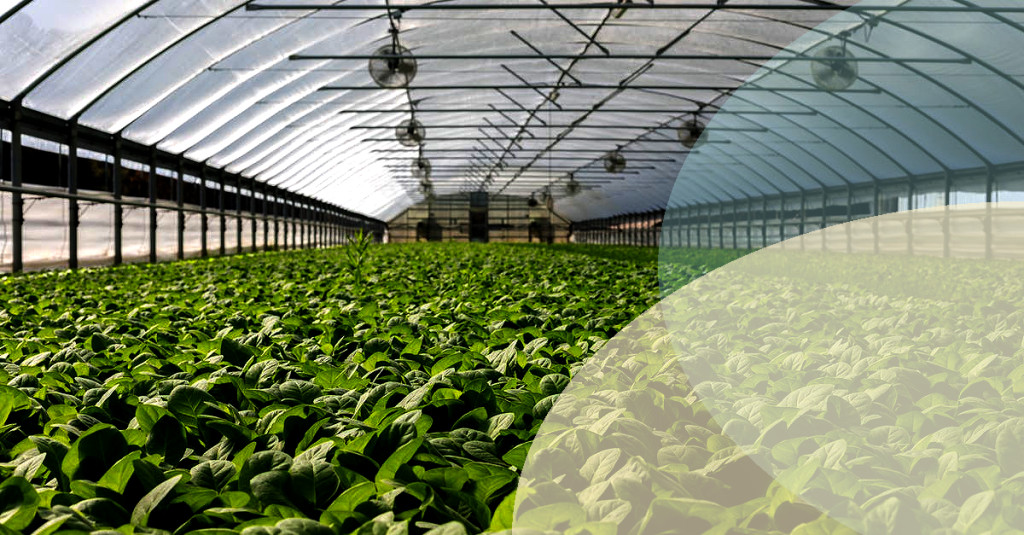Easy ways to propagate plants in your garden

A Quick Guide to Plant Propagation: The Root of the Matter
Propagation is a gardener's best friend. From creating more plants to giving life to your favorites, propagation can effortlessly transform your garden into a plant paradise! Best of all, propagating plants in your garden is easier than you think.
In this guide, we'll explore simple and effective techniques that anyone can take advantage of to create a lush and vibrant outdoor space. Plus, we'll provide helpful links to additional resources for an extra boost of greenery know-how.
Green Beginnings: Cuttings & Division
Propagation is a process that involves creating new plants from the parts of an existing plant. This not only saves you money, but also increases biodiversity in your garden. There are two main types of plant propagation: sexual and asexual.
Sexual propagation involves producing plants through seeds, while asexual propagation creates new plants via plant parts such as leaves, stems, or roots. In this article, we will focus on the most efficient and accessible asexual propagation techniques to transform your garden.
Related articles
Advanced Techniques: Layering & Grafting
- Cuttings
Growing plants from cuttings is one of the easiest ways to propagate your garden favorites. You can use stem, leaf, or root cuttings depending on the plant species. Generally, stem cuttings tend to be the most popular method due to their high success rate.
-
Stem Cuttings: Snip a healthy, leafy stem from a vigorous plant, then remove the lower leaves and any flowers. Dip the cut end in rooting hormone, and plant it in a pot filled with moist potting mix. For added success, cover the pot with a clear plastic bag to maintain humidity. In a few weeks, new roots will develop, and you'll have a new plant!
-
Leaf Cuttings: Just as they sound, leaf cuttings involve using a healthy leaf to create a new plant. Simply remove a leaf from a mature plant, let it dry for a day or two, and then place it on moist potting mix. Once roots form, you can transfer the leaf to a pot, and soon a new plant will sprout.
-
Root Cuttings: Great for plants with thick roots, root cuttings involve severing a piece of a healthy root and planting it just below the soil surface. With proper watering and care, shoots will emerge, and a new plant will grow.
More about cuttings: BBC Gardener's World - How to Take Cuttings
- Division
Plant division is an efficient and straightforward way to multiply your flowering perennials or groundcovers. This process involves carefully separating a mature plant into smaller sections, each with a healthy root system, and replanting these divisions in your garden or containers.
During spring or fall, gently dig up the selected plant and use a sharp knife or spade to divide it into smaller sections. Ensure that each division has healthy roots and some top growth. Immediately replant the divisions in the garden, water well, and watch them grow!
Growing Forward: Creating Your Propagation Paradise
- Layering
Layering is an excellent option for propagating woody plants or vines, such as climbers or berries. This process involves encouraging roots to develop on a plant's stem while it's still attached to the parent plant. Once the new roots form, the stem can be severed and grown as a separate plant.
-
Simple Layering: Bend a flexible, low-growing stem to the ground and partially bury it in soil, leaving the tip exposed. Use a u-shaped peg or bent wire to hold the buried section in place. Keep the soil moist, and after a few months, roots will form. At this point, you can sever the stem from the parent plant and replant your newly rooted cutting.
-
Air Layering: This technique works wonders for plants with thick stems that can't be bent to the ground. Make a small, upward cut in the stem, dust with rooting hormone, and wrap the cut area with damp sphagnum moss. Secure the moss in place with plastic wrap and wait for roots to form, usually within a few weeks to months depending on the plant species. As soon as roots are visible, cut the stem below the rooted area and pot up your new plant.
- Grafting
Grafting is an advanced propagation technique that involves attaching a cut stem or bud (sciôn) from a desirable plant to a compatible rootstock. Grafted plants often boast enhanced disease resistance, improved fruit production, and overall stronger growth. Although grafting requires a little more skill, it's a rewarding way to propagate plants and create unique hybrids.
Check out this step-by-step guide on grafting: Fine Gardening â Grafting: What you Need to Know
So there you have it, green thumbs! With these easy and effective propagation techniques, you can transform your garden into a lush haven filled with the vibrant colors and unique textures you've been dreaming of.
Remember, practice makes perfect. As you continue propagating different plants, you'll develop a keen eye for identifying the best propagation methods for each species, ensuring that your garden continues to grow in both beauty and biodiversity. Time to get your hands dirty and multiply those marvelous plants!





